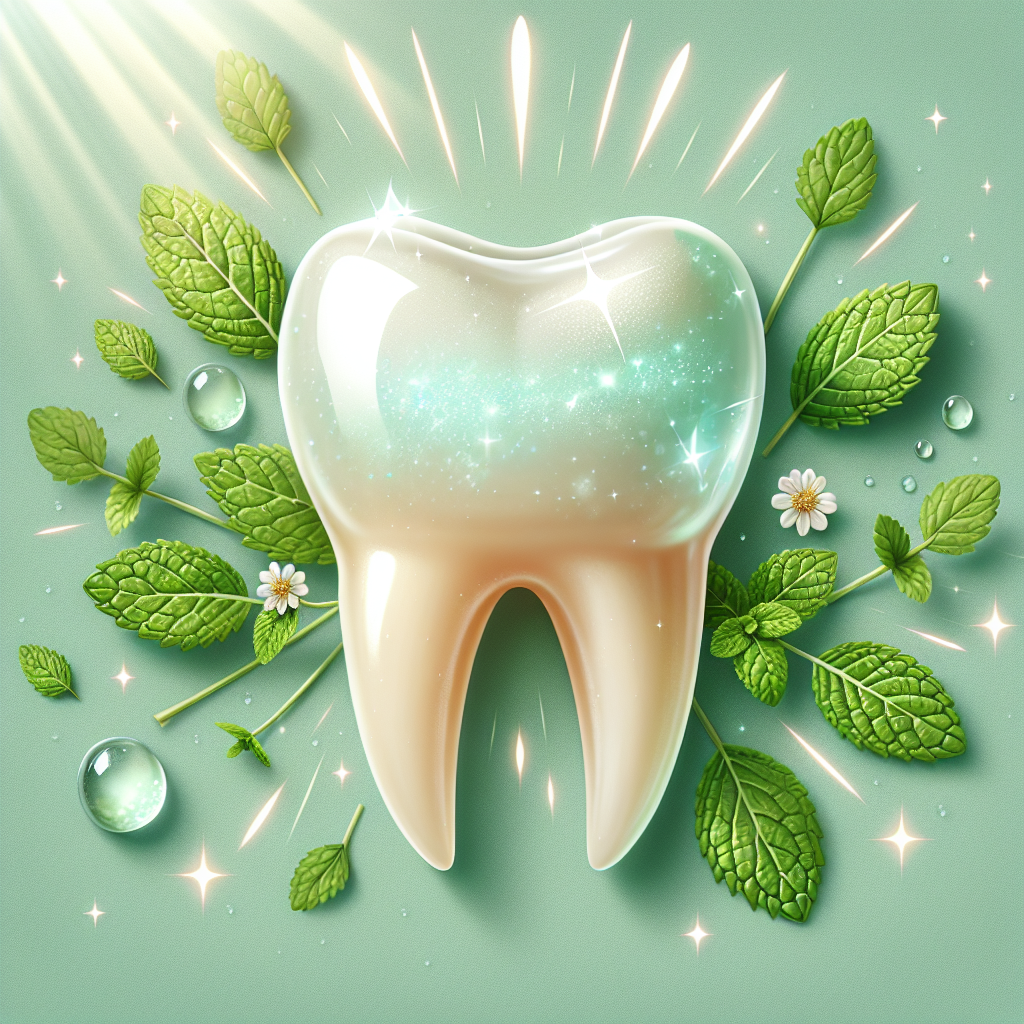Unlocking Your Natural Smile: Tips for Healthy Teeth
Maintaining a dazzling, healthy smile isn’t just about aesthetics; it’s a cornerstone of overall well-being. Your teeth play a crucial role in digestion, speech, and self-confidence. This comprehensive guide delves into the practical strategies and essential knowledge needed to achieve and maintain optimal oral health, unlocking your most natural and radiant smile.
I. The Foundation: Understanding Oral Anatomy and Hygiene
Understanding the components of your mouth is paramount to effective care. Your teeth, composed primarily of enamel (the hardest substance in the human body), dentin, and pulp (containing nerves and blood vessels), require diligent protection. Gums, the soft tissues surrounding your teeth, form the gingiva, crucial for anchoring teeth and preventing infection. Saliva, a natural cleanser, contains enzymes that neutralize acids and protect against bacterial growth.
A. Brushing Techniques:
The seemingly simple act of brushing requires precision. Using a soft-bristled toothbrush, angle the bristles at a 45-degree angle to the gum line. Employ gentle, short strokes, covering all tooth surfaces – outer, inner, and chewing surfaces. Avoid aggressive scrubbing, which can damage enamel and gums. Brush for at least two minutes, twice daily, ideally using a fluoride toothpaste. Consider an electric toothbrush for superior plaque removal, especially for individuals with limited dexterity.
B. Flossing: The Unsung Hero:
Brushing alone cannot reach all areas between teeth. Flossing removes plaque and food particles from these interdental spaces, preventing gum disease and cavities. Use about 18 inches of floss, wrapping most of it around your middle fingers. Gently guide the floss between teeth, curving it around each tooth in a “C” shape. Avoid snapping the floss against the gums.
C. Mouthwash: A Supplementary Tool:
Therapeutic mouthwashes can complement brushing and flossing, offering additional benefits. Antiseptic mouthwashes help kill bacteria, while fluoride mouthwashes strengthen enamel. However, mouthwash should not replace brushing and flossing; it’s an added layer of protection. Consult your dentist about the appropriate type of mouthwash for your specific needs.
II. Diet and Nutrition: Fueling Oral Health
Your diet significantly impacts your oral health. A balanced diet rich in essential nutrients strengthens teeth and gums, while sugary and acidic foods contribute to tooth decay.
A. The Role of Calcium and Vitamin D:
Calcium is a critical building block of enamel and dentin. Vitamin D facilitates calcium absorption, making it essential for maintaining strong teeth. Include dairy products, leafy greens, and fortified foods in your diet.
B. Phosphorus and Fluoride:
Phosphorus contributes to tooth remineralization, repairing damaged enamel. Fluoride strengthens enamel and makes it more resistant to acid attacks. Fluoridated water and toothpaste are excellent sources of fluoride.
C. Reducing Sugar Intake:
Sugary foods and drinks, especially sticky candies and carbonated beverages, feed harmful bacteria that produce acids, eroding enamel and leading to cavities. Limit your consumption of sugary items and rinse your mouth with water after consuming them.
D. The Impact of Acidic Foods and Drinks:
Acidic foods and drinks, such as citrus fruits and sodas, can wear away enamel over time. Consume these items in moderation and rinse your mouth with water afterward.
III. Professional Dental Care: Prevention and Intervention
Regular dental checkups and professional cleanings are crucial for maintaining optimal oral health. These appointments allow your dentist to identify and address potential problems early on, preventing more extensive and costly treatments.
A. Regular Checkups and Cleanings:
Aim for professional cleanings every six months, or as recommended by your dentist. During these appointments, your dentist removes plaque and tartar buildup, performs a thorough examination, and provides valuable advice on maintaining optimal oral health.
B. X-rays and Diagnostic Tests:
Regular X-rays detect cavities and other dental problems hidden beneath the surface of your teeth. Your dentist might recommend other diagnostic tests depending on your individual needs.
C. Addressing Specific Dental Issues:
Early detection and treatment are key to managing various dental problems. Your dentist can address issues such as cavities, gum disease, and teeth grinding, preventing further complications.
IV. Addressing Specific Oral Health Concerns
Several common oral health issues require targeted attention and specific strategies.
A. Dental Caries (Cavities):
Cavities form when bacteria erode enamel, creating holes in teeth. Treatment typically involves fillings or other restorative procedures. Preventing cavities requires diligent brushing, flossing, and a healthy diet.
B. Gingivitis and Periodontitis (Gum Disease):
Gingivitis is inflammation of the gums, often caused by plaque buildup. If left untreated, it can progress to periodontitis, a serious infection affecting the supporting structures of teeth, potentially leading to tooth loss. Regular brushing, flossing, and professional cleanings are essential for preventing and managing gum disease.
C. Teeth Grinding (Bruxism):
Teeth grinding, often occurring during sleep, can wear down enamel and cause jaw pain. Treatment options include mouthguards and stress management techniques.
D. Tooth Sensitivity:
Sensitive teeth can be caused by worn enamel, exposed dentin, or gum recession. Treatment options include desensitizing toothpaste and addressing underlying causes.
E. Oral Cancer Screening:
Regular dental checkups include oral cancer screenings, allowing for early detection and treatment, improving chances of successful outcomes.
V. Maintaining Long-Term Oral Health:
Maintaining a healthy smile is a lifelong commitment. Consistent oral hygiene practices, a balanced diet, and regular dental checkups are vital for long-term success.
A. The Importance of Consistency:
Oral hygiene is not a one-time event but a daily ritual. Consistent brushing, flossing, and mouth rinsing contribute significantly to maintaining healthy teeth and gums.
B. Staying Informed and Proactive:
Staying informed about the latest advancements in oral health care empowers you to make informed decisions and proactively address any potential concerns.
C. Choosing the Right Dental Products:
Selecting appropriate dental products, such as toothbrushes, toothpaste, and floss, is crucial for effective oral hygiene. Consider features like bristle softness, fluoride concentration, and ease of use.
D. Addressing Habitual Behaviors:
Identifying and modifying harmful habitual behaviors, such as biting nails or using teeth to open packages, protects your teeth from damage.
E. Seeking Professional Guidance:
Don’t hesitate to seek professional guidance from your dentist or hygienist when you have questions or concerns about your oral health. They can provide personalized advice and address specific issues effectively.
VI. Beyond the Basics: Advanced Oral Health Strategies
For enhanced oral health, consider incorporating these advanced strategies into your routine.
A. Oil Pulling:
Oil pulling involves swishing oil (typically coconut or sesame oil) in your mouth for several minutes to remove bacteria and improve oral health. While research is ongoing, many find it beneficial.
B. Tongue Scraping:
Tongue scraping removes bacteria and debris from the tongue’s surface, promoting fresher breath and improved oral hygiene.
C. Hydration:
Staying adequately hydrated helps maintain saliva production, which is crucial for neutralizing acids and protecting teeth.
D. Stress Management:
Stress can exacerbate various oral health problems, including bruxism. Practicing stress management techniques like yoga or meditation can improve overall health, including oral health.
E. Quitting Tobacco:
Smoking significantly increases the risk of various oral health problems, including gum disease and oral cancer. Quitting smoking significantly improves oral health prospects.
VII. Addressing Specific Populations and Life Stages
Oral health needs vary across different populations and life stages, requiring tailored approaches.
A. Children’s Oral Health:
Children’s oral health requires special attention from early infancy. Establish good brushing habits early on, and take them for regular dental checkups.
B. Oral Health During Pregnancy:
Hormonal changes during pregnancy can impact oral health. Maintaining good oral hygiene and regular dental checkups are crucial.
C. Oral Health in Older Adults:
Older adults often face unique oral health challenges, such as dry mouth and decreased dexterity. Adapt your oral hygiene routine to address these concerns.
D. Oral Health and Systemic Diseases:
Certain systemic diseases can impact oral health, requiring specific attention and management strategies. Consult with your dentist and physician.
E. Oral Health for Individuals with Disabilities:
Individuals with disabilities may require individualized oral hygiene strategies to accommodate specific needs. Work closely with your dentist and healthcare team.
This detailed guide offers a comprehensive overview of strategies for maintaining optimal oral health. Remember, consistent effort and proactive care are key to unlocking your natural, radiant smile, a hallmark of overall well-being. Consult your dentist for personalized advice and treatment.










